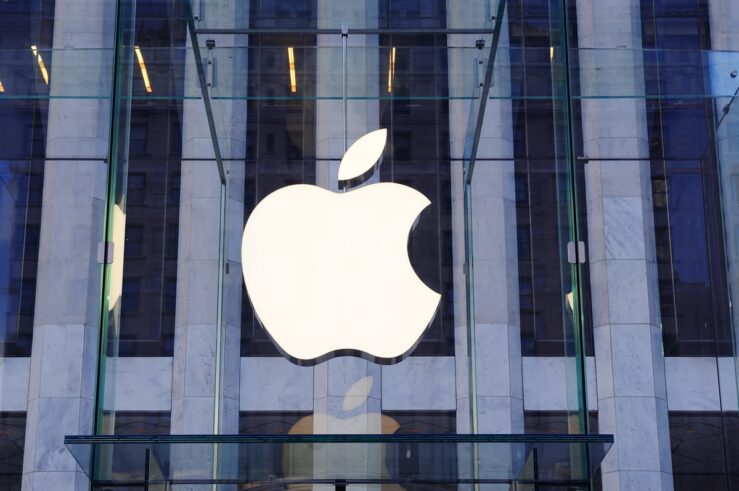I have an op-ed up at Main Justice on FTC Chairman Leibowitz’ recent comment in response the a question about the FTC’s investigation of Google that the FTC is looking for a “pure Section Five case.” With Main Justice’s permission, the op-ed is re-printed here:
There’s been a lot of chatter around Washington about federal antitrust regulators’ interest in investigating Google, including stories about an apparent tug of war between agencies. But this interest may be motivated by expanding the agencies’ authority, rather than by any legitimate concern about Google’s behavior.
Last month in an interview with Global Competition Review, FTC Chairman Jon Leibowitz was asked whether the agency was “investigating the online search market” and he made this startling revelation:
“What I can say is that one of the commission’s priorities is to find a pure Section Five case under unfair methods of competition. Everyone acknowledges that Congress gave us much more jurisdiction than just antitrust. And I go back to this because at some point if and when, say, a large technology company acknowledges an investigation by the FTC, we can use both our unfair or deceptive acts or practice authority and our unfair methods of competition authority to investigate the same or similar unfair competitive behavior . . . . ”
“Section Five” refers to Section Five of the Federal Trade Commission Act. Exercising its antitrust authority, the FTC can directly enforce the Clayton Act but can enforce the Sherman Act only via the FTC Act, challenging as “unfair methods of competition” conduct that would otherwise violate the Sherman Act. Following Sherman Act jurisprudence, traditionally the FTC has interpreted Section Five to require demonstrable consumer harm to apply.
But more recently the commission—and especially Commissioners Rosch and Leibowitz—has been pursuing an interpretation of Section Five that would give the agency unprecedented and largely-unchecked authority. In particular, the definition of “unfair” competition wouldn’t be confined to the traditional measures–reduction in output or increase in price–but could expand to, well, just about whatever the agency deems improper.
Commissioner Rosch has claimed that Section Five could address conduct that has the effect of “reducing consumer choice”—an effect that a very few commentators support without requiring any evidence that the conduct actually reduces consumer welfare. Troublingly, “reducing consumer choice” seems to be a euphemism for “harm to competitors, not competition,” where the reduction in choice is the reduction of choice of competitors who may be put out of business by competitive behavior.
The U.S. has a long tradition of resisting enforcement based on harm to competitors without requiring a commensurate, strong showing of harm to consumers–an economically-sensible tradition aimed squarely at minimizing the likelihood of erroneous enforcement. The FTC’s invigorated interest in Section Five contemplates just such wrong-headed enforcement, however, to the inevitable detriment of the very consumers the agency is tasked with protecting.
In fact, the theoretical case against Google depends entirely on the ways it may have harmed certain competitors rather than on any evidence of actual harm to consumers (and in the face of ample evidence of significant consumer benefits).
Google has faced these claims at a number of levels. Many of the complaints against Google originate from Microsoft (Bing), Google’s largest competitor. Other sites have argued that that Google impairs the placement in its search results of certain competing websites, thereby reducing these sites’ ability easily to access Google’s users to advertise their competing products. Other sites that offer content like maps and videos complain that Google’s integration of these products into its search results has impaired their attractiveness to users.
In each of these cases, the problem is that the claimed harm to competitors does not demonstrably translate into harm to consumers.
For example, Google’s integration of maps into its search results unquestionably offers users an extremely helpful presentation of these results, particularly for users of mobile phones. That this integration might be harmful to MapQuest’s bottom line is not surprising—but nor is it a cause for concern if the harm flows from a strong consumer preference for Google’s improved, innovative product. The same is true of the other claims; harm to competitors is at least as consistent with pro-competitive as with anti-competitive conduct, and simply counting the number of firms offering competing choices to consumers is no way to infer actual consumer harm.
In the absence of evidence of Google’s harm to consumers, then, Leibowitz appears more interested in using Google as a tool in his and Rosch’s efforts to expand the FTC’s footprint. Advancing the commission’s “priority” to “find a pure Section Five case” seems to be more important than the question of whether Google is actually doing anything harmful.
When economic sense takes a back seat to political aggrandizement, we should worry about the effect on markets, innovation and the overall health of the economy.




